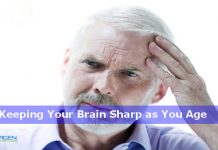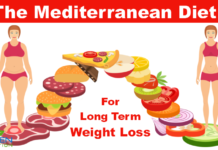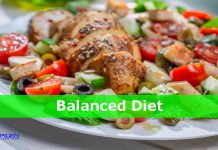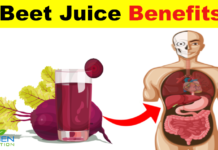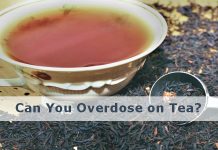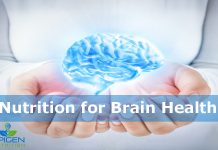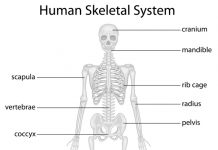Although we should all be taking responsibility for the food that we are putting into our bodies, it is also just as important that we do the same with what we give to our children.
What we feed them is not only aimed at increasing their energy levels for the activities they currently participate in, but to make sure they have a head start on a healthier life for when they get older.
The US Department of Agriculture published a general guideline, which is a Food Guide Pyramid for children over 6 years old.
This guide along with their main one has been used as a primary guideline for healthy eating around the world.
The main points of the publication that it refers to are the 5 major food groups.
Along with reduced amounts of fats, salt and sweets.
In general they are saying that when feeing your child you should be including: a variety of different foods such as fruits, vegetables, nuts, seeds and no processed foods, especially any that are full of artificial flavours, colours and sugars.
In addition to making sure they receive a healthy balanced diet, you should also encourage them to take part in some form of physical activity.
If you are a parent with a child at school, you are probably aware that a number of areas have seen budget cuts in schools.
As a knock on effect of this, there has been a lowering of the physical education programs that children participate in.
Therefore instead of getting the required exercise at school, they are spending most of their days just sitting at their desks.
Couple that with when the majority of the kids get home, they are either, doing their homework, watching the TV or playing on the computer, so the amount of physical activity they get is virtually little to none.
Ok back to the food bit.
The recommended foods for your child to eat should include: whole wheat grains, fruit and vegetables. Their meals should be low in fats, trans fats, saturated fats and cholesterol.
Sugar should be reduced as much as possible.
We all know how much kids love sweets, and how hard it sometimes is to say no to them.
But, the evidence is out there that sugar can make them put on weight, as well as being damaging to their health and immune system.
The same can more or less be said for salt as well, and so this should also be added to their food in moderation, remember there is already a lot of salt in most of the foods we eat today.
Vitamins and minerals are also essential for children. Iron, zinc, complete proteins and magnesium should all be eaten regularly.
If you are expecting your child to cut down on these things, why not be a good role model and do it along with them.
Being a good role model and taking a bit of time to do some planning is all it is going to take to make sure your child is eating healthy and nutritious foods, it is not really all that complicated.
By doing this, you can also reap the benefits, as well as ensuring that your child has a healthy lifestyle and healthy habits for years to come.
RESOURCES
HealthyChildren: Kids need Fiber
http://www.healthychildren.org/english/healthy-living/nutrition/Pages/default.aspx
National Agricultural Library: Child Nutrition and Health
https://www.nal.usda.gov/fnic/dietary-guidelines
HelpGuide: Nutrition for Children and Teens
http://www.helpguide.org/life/healthy_eating_children_teens.htm
MayoClinic: Nutrition for Kids
http://www.mayoclinic.org/nutrition-for-kids/art-20049335
Nutrition.gov: Children
http://www.nutrition.gov/life-stages/children



